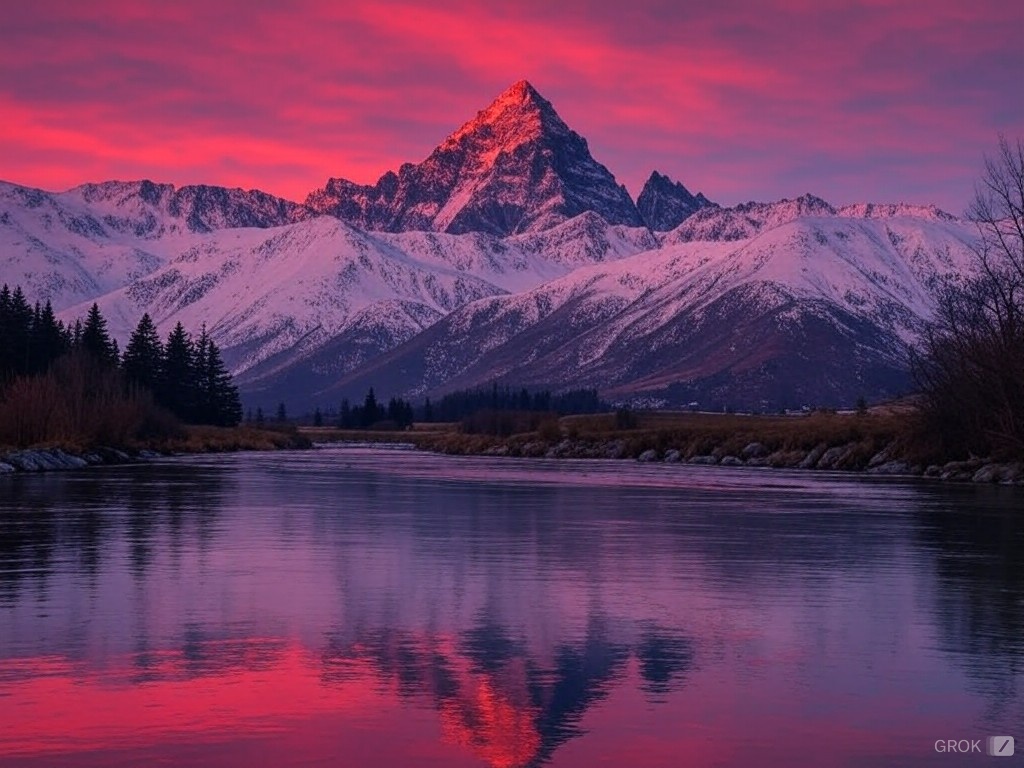You know, there’s something almost magical about stepping into a game world that just feels, for lack of a better word, alive. Ever stopped in the middle of a game level and thought, “Wow, how did they even come up with this?” I sure have, and let me tell you, a ton of that magic comes down to clever level design. Today, let’s dive into the swirling vortex of creativity that is level design in Unreal Engine.
Contents
The Heartbeat of Any Game
Why Unreal Engine, you ask? Okay, here’s the thing – Unreal Engine is like that one tool in your toolbox that seems to just fit perfectly in your hand. It’s versatile, powerful, and, once you get the hang of it (which isn’t a walk in the park, mind you), the possibilities? Limitless. Whether it’s a sprawling cityscape or a cramped, eerie spaceship corridor, Unreal Engine has your back.
Getting Down to Brass Tacks
Now, crafting a level that players want to return to, or even where they just enjoy standing around soaking in the ambiance, isn’t something that happens by accident. It involves a meticulous blend of art, psychology, and engineering, all rolled into one. The starting point is always the gameplay mechanics. Ask yourself, “What’s the core action here? Running? Jumping? Puzzle solving?” This becomes your foundation. Think of it like sketching out a blueprint before building a house – without it, things can get messy real fast.
Next up, aesthetics. Oh boy, this is where it gets fun. Unreal Engine gives you the tools to play around like you wouldn’t believe. Lighting, textures, architecture – all these elements need to dance together harmoniously. But remember, there’s a thin line between detail that enhances and detail that overwhelms. Ever played a level where everything looked gorgeous but you had no clue where to go? Yeah, not fun.
Personal Anecdote Time
Let me share a quick story. I was working on this dungeon level, right? I thought I’d nailed the spooky atmosphere – fog machines, dim lighting, the works. Showed it to a friend and, guess what? They couldn’t find their way to the main chamber! I had gotten so carried away with making it ‘feel’ like a dungeon that I’d forgotten to make it navigable. Lesson learned – always playtest with fresh eyes, folks.
It’s Not Just About Looking Good
Functionality is key. Every wall, every corridor, and every seemingly random stack of boxes plays a role in telling the story and guiding the player. Ah, storytelling! Absolutely crucial in level design. The environment tells as much of a story as a cutscene or a dialogue line. Sometimes even more. Ever stopped to wonder why there’s a scorched battlefield or an abandoned car in a certain spot? That’s environmental storytelling for you. Gets you thinking, right?
These details are what make players get those goosebumps, that feeling of thrill, or even heartbreak. And you know what? It’s what makes designing game levels in Unreal Engine so satisfying. When a player messages you saying, “Hey, that level made me feel something,” that’s when you know all those hours tweaking lighting and adjusting sightlines paid off.
So you see, Unreal Engine isn’t just a tool; it’s a gateway to building worlds. And sure, it can be daunting sometimes, the complexity, the options – overwhelming, even. But the joy when it all comes together? Worth every moment.
Got a vision for a game level but need some help bringing it to life? Fret not! My shortcode is always open for brainstorming, exploring ideas, or even some heavy-duty Unreal Engine level crafting. Drop me a line at [email protected]. Let’s create worlds that leave players awe-struck!
